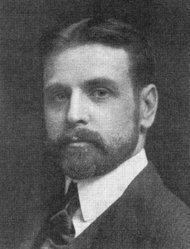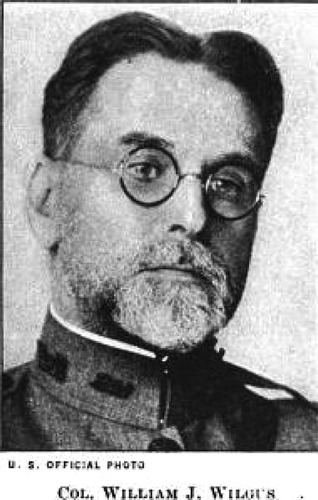Nationality American Name William Wilgus | ||
 | ||
Books The railway interrelations of the United States and Canada | ||
Kurt schlichting grand central s engineer william j wilgus and the planning of modern manhattan
William J. Wilgus (1865–1949) was an engineer. In 1902 he was responsible for the design and construction of New York City's Grand Central Terminal. Wilgus coined the term "taking wealth from the air" from his idea to lease the area above the Park Avenue Tunnel in order to help finance the station. He is also credited with the double-stacked track design of the station, that greatly increased its capacity.
Contents
- Kurt schlichting grand central s engineer william j wilgus and the planning of modern manhattan
- Biography
- Career
- Accomplishments
- References

Biography
He was born in Buffalo, New York in 1865 and graduated from Buffalo Central High School in 1883. He studied for two years under a local civil engineer and took a Cornell correspondence course in drafting, 1883-1885, ending his formal education. Afterwards, Wilgus embarked on what would soon become a prominent career in civil engineering. Wilgus worked on some of the largest and most complex railroad projects during his time.
Career
After high school he was privately tutored in engineering before accepting his first position as a rodman and draughtsman for the Minnesota and Northwestern Railroad in 1885. Wilgus rose rapidly in his profession. In 1893 he began his association with the New York Central and Hudson River Railroad as an assistant engineer on its Rome, Watertown and Ogdensburg line. By 1899 he became the railroads's chief engineer for construction and maintenance of way (track) and in 1903 became the vice-president in charge of construction. During these years he supervised the planning and construction of Buffalo Union Station, the Michigan Central Railway Tunnel and the Weehawken Terminal.
In 1907 Wilgus was forced to resign from the New York Central and Hudson River Railroad after a crash involving the new electric locomotives he had helped to develop killed 20 passengers. Sixteen died on impact, and four more died in the hospital. The victims were mostly women and children. Anxious to defend his reputation, he carefully documented the design decisions, but the railroad's lawyers forced him to destroy his papers, fearing that they would be brought into court as evidence. To keep the railroad from pinning the blame on him, he reconstructed the documentation and used its existence to keep the railroad from throwing him to the wolves. Wilgus went on to open his own consulting practice. He advised numerous railroad companies on construction and improvement projects and on the valuation of their holdings. He also worked with several states and municipalities including several concerned with the improvement of passenger and freight transportation in the New York Metropolitan area. He was awarded a Telford Medal by the Institution of Civil Engineers in their 1910-11 session.
In 1933, Wilgus donated land in Weathersfield, Vermont to the state for use as a state park; developed in the 1930s by the Civilian Conservation Corps, it is called Wilgus State Park in his honor.
He died in 1949.
